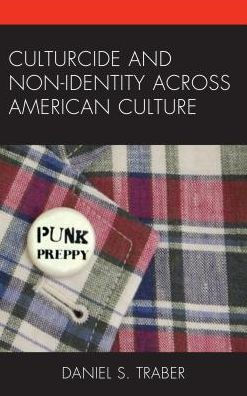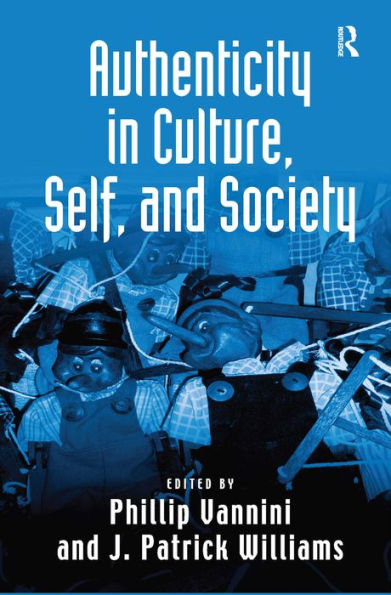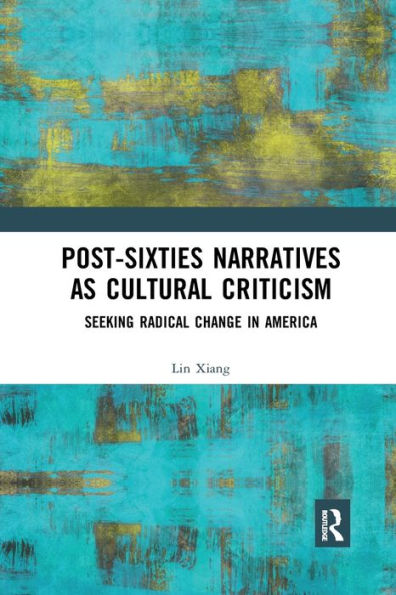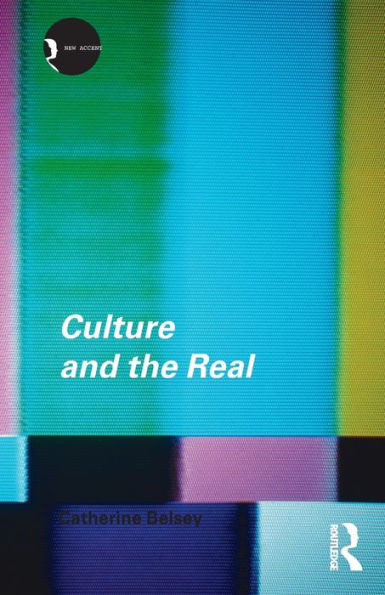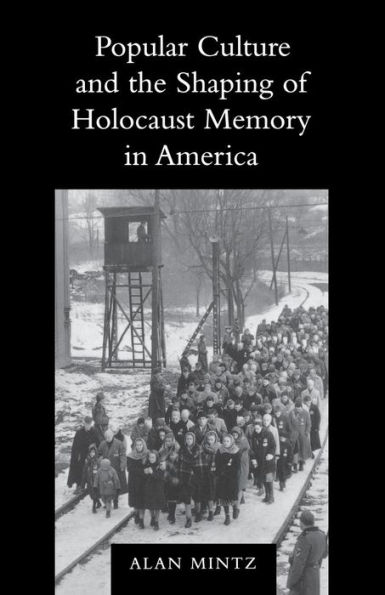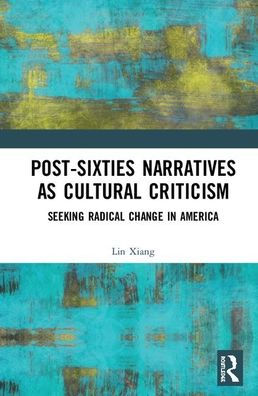Home
Real Phonies: Cultures of Authenticity in Post-World War II America
Barnes and Noble
Real Phonies: Cultures of Authenticity in Post-World War II America
Current price: $26.95
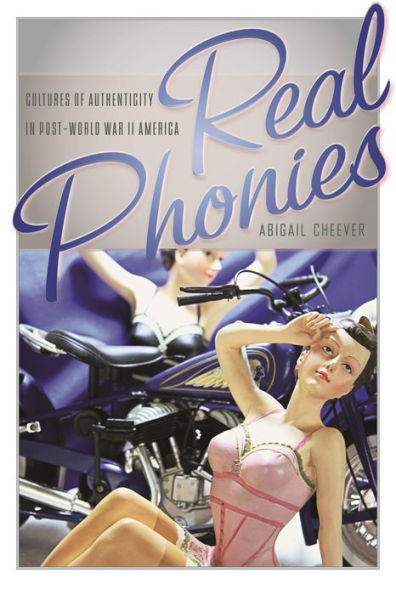

Barnes and Noble
Real Phonies: Cultures of Authenticity in Post-World War II America
Current price: $26.95
Size: OS
Loading Inventory...
*Product information may vary - to confirm product availability, pricing, shipping and return information please contact Barnes and Noble
The epithet “phony” was omnipresent during the postwar period in the United States. It was an easy appellation for individuals who appeared cynically to conform to codes of behavior for social approbation or advancement. Yet Holly Golightly “isn’t a phony because she’s a
phony,” says her agent in
. In exploring this remark, Abigail Cheever examines the ways in which social influence was thought to deform individuals in midcentury American culture. How could a person both be and not be herself at the same time? The answer lies in the period’s complicated attitude toward social influence. If being real means that one’s performative self is in line with one’s authentic self, to be a real phony is to lack an authentic self as a point of reference—to lack a self that is independent of the social world. According to Cheever, Holly Golightly “is like a phony in that her beliefs are perfectly in accordance with social norms, but she is real insofar as those beliefs are all she has.”
examines the twinned phenomena of phoniness and authenticity across the second half of the twentieth century—beginning with adolescents in the 1950s, like Holly Golightly and Holden Caulfield, and ending with mid-career professionals in the 1990s, like sports agent Jerry Maguire. Countering the critical assumption that, with the emergence of postmodernity, the ideal of “authentic self” disappeared, Cheever argues that concern with the authenticity of persons proliferated throughout the past half-century despite a significant ambiguity over what that self might look like.
Cheever’s analysis is structured around five key kinds of characters: adolescents, the insane, serial killers, and the figures of the assimilated Jew and the “company man.” In particular, she finds a preoccupation in these works not so much with faked conformity but with the frightening notion of real uniformity—the notion that Holly, and others like her, could each genuinely be the same as everyone else.
